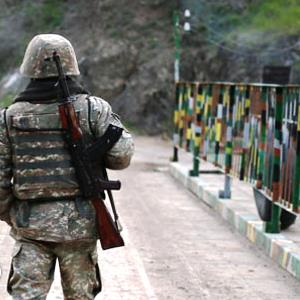(Carnegie) The outbreak of fighting between Armenians and Azerbaijanis in the Nagorny Karabakh conflict zone has ushered in a new period of uncertainty and confrontation in the South Caucasus.
A change in the status quo was not completely unexpected. In recent times, there have been more frequent violent incidents along the Line of Contact as well as at the internationally-recognized Armenia-Azerbaijan border. Their ceasefire violations have increased steadily, culminating in the current violence, which is the worst since the ceasefire of May 12, 1994.
In the recent clashes, Azerbaijan failed to replicate the kind of swift capture of territory performed by Croatian army units and militias in Serbian Krajina in 1995. As a result, the situation on the ground did not change radically. The warring sides tested each other’s limits, but no significant political changes resulted. Armenia did not hurry to recognize the independence of the Armenian-run Nagorno-Karabakh Republic. Azerbaijan did not manage to recapture a significant part of its territory occupied by Armenian forces. […]
Read More © Carnegie Endowment for International Peace – Moscow Center











